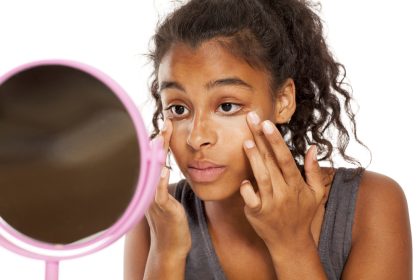The transformation of skincare routines worldwide has been markedly influenced by one potent ingredient: retinol. This vitamin A derivative has emerged as an essential component in modern skincare, proving its worth through demonstrated effectiveness in addressing multiple skin concerns, from premature aging to persistent acne. In recent years, the surge in retinol’s popularity has led to extensive research and development in formulation technologies, making it more accessible and adaptable for various skin types and concerns.
The evolution of retinol in skincare has been nothing short of remarkable. From its initial discovery as an acne treatment to its current status as an anti-aging powerhouse, retinol has consistently demonstrated its versatility. The skincare industry has responded to this growing demand by creating innovative delivery systems and combinations with complementary ingredients, ensuring better stability and enhanced results.
The science behind the success
Acting as a cellular communicator, retinol operates at the molecular level to enhance skin cell turnover and stimulate collagen production. This process results in improved skin texture, reduced appearance of fine lines, and more effective management of acne breakouts. Beyond its cosmetic benefits, retinol plays a crucial role in maintaining skin health by helping to prevent the formation of abnormal cells and keeping pores clear of debris.
The mechanism of action is particularly fascinating: when retinol penetrates the skin, it converts to retinoic acid, the active form that cells can utilize. This conversion process, while slower than prescription retinoids, allows for better tolerance and fewer side effects. The gradual transformation also explains why consistent, long-term use is necessary for optimal results.
Strategic seasonal application
While retinol maintains its effectiveness throughout the year, its application requires strategic adjustment based on seasonal changes. During winter months, when skin tends to be more sensitive and prone to dryness, a gentler approach becomes necessary. The summer season demands particular attention to sun protection and potential photosensitivity.
Environmental factors significantly influence how skin responds to retinol. High humidity can increase penetration, while dry, cold air can exacerbate potential irritation. Understanding these environmental impacts allows for more effective adaptation of retinol use throughout the year. For instance, those living in humid climates might need to adjust their retinol concentration differently than those in arid regions.
Mastering the application technique
Success with retinol largely depends on proper application methods and timing. The optimal time for application remains during evening hours, allowing the ingredient to work in harmony with the skin’s natural repair cycle. For those new to retinol, starting with a lower concentration (0.01%–0.1%) provides the safest introduction, while gradual increases in frequency and strength help build tolerance without compromising skin health.
The application process itself deserves careful attention. The “sandwich method” has gained popularity for its ability to minimize irritation while maintaining effectiveness. This technique involves applying a hydrating moisturizer, followed by retinol, and then another layer of moisturizer. This method is particularly beneficial for sensitive skin types or during the initial phases of retinol introduction.
Seasonal adaptation strategies
Winter applications benefit from additional hydration support through rich moisturizers and environmental humidity control. The summer months require elevated sun protection measures, with SPF 30 as the minimum daily requirement, increasing to SPF 50+ for extended outdoor exposure. This seasonal adaptation ensures consistent benefits while minimizing potential adverse effects.
Proper seasonal adjustments might include reducing frequency during periods of increased sun exposure or incorporating additional barrier-supporting ingredients during colder months. The key is maintaining the balance between effectiveness and skin comfort through these environmental changes.
Building a sustainable routine
The key to maximizing retinol’s benefits lies in developing a sustainable, year-round routine that responds to both seasonal changes and individual skin needs. Success requires patience, consistency, and careful attention to skin responses. Regular assessment and adjustment of application frequency and concentration help maintain optimal results while preventing irritation.
Long-term success with retinol involves understanding that results are cumulative and that consistency is more important than intensity. A well-planned routine should include complementary ingredients that support skin barrier function and overall skin health. Antioxidants, peptides, and hydrating ingredients can work synergistically with retinol to enhance results while minimizing potential side effects.















